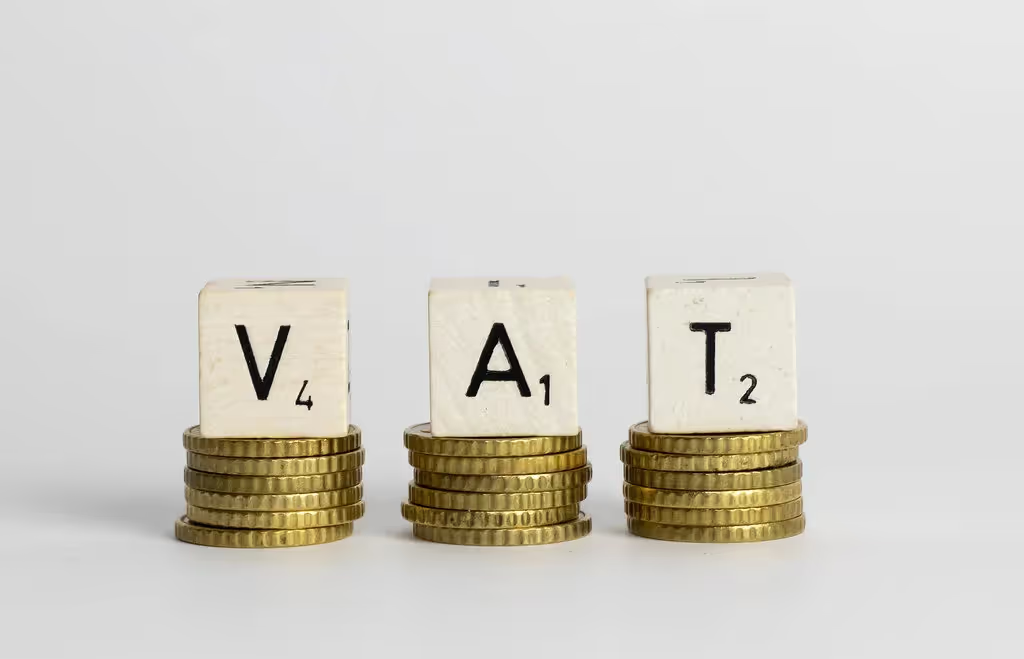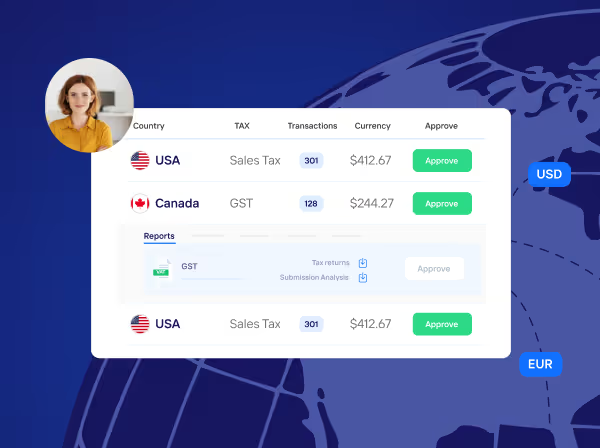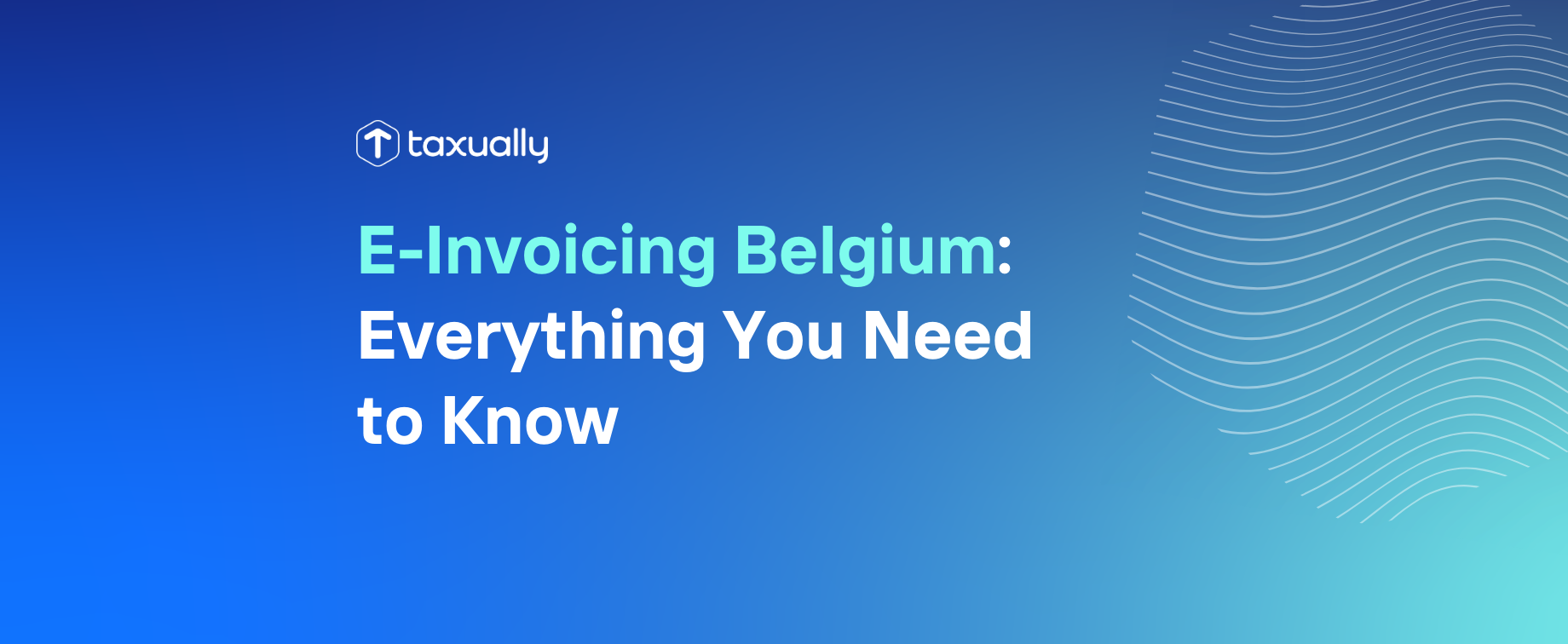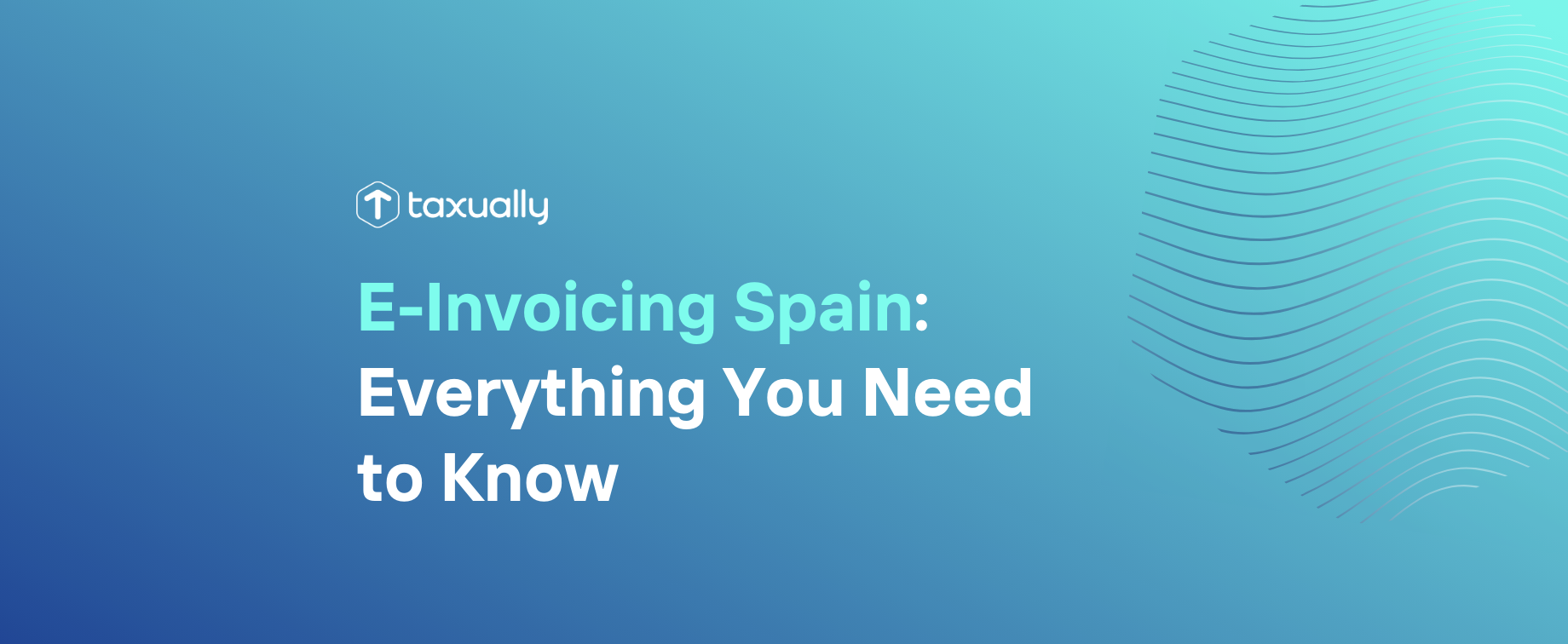Key takeaways
- VAT isn’t one-size-fits-all: Rules, rates, and thresholds vary by country, especially across the EU, so assuming uniformity leads to errors.
- VAT applies to more than goods: Services, digital products, and cross-border sales often involve complex VAT rules like reverse charges or place-of-supply.
- Registration is just the start: Staying compliant means accurate VAT returns, record-keeping, and adapting to changing regulations, especially if you sell internationally.
VAT (Value Added Tax) is a crucial part of business operations for companies of all sizes. Yet, despite its importance, it remains one of the most misunderstood areas of taxation. From small businesses to large international corporations, failing to understand how VAT works can result in compliance issues, unexpected costs, and even penalties.
In this article, we’ll break down 8 common VAT compliance myths and help you avoid VAT errors that could hurt your business.

1. VAT registration is compulsory for all businesses
One of the biggest VAT myths is that every business must register for VAT. This is not always the case. VAT registration is only mandatory under certain conditions, most often when your business turnover exceeds the threshold set by your country’s tax authority.
- In most EU countries, domestic VAT thresholds range from €10,000 to €100,000.
- For cross-border sellers within the EU, a €10,000 distance selling threshold applies—beyond this, you must register in the buyer's country or use the OSS scheme.
Voluntary VAT registration is an option for businesses below a country’s threshold. This can be beneficial because:
- You can reclaim input VAT on business-related expenses.
- It may improve cash flow if you incur significant VAT on purchases.
- Being VAT-registered can enhance your professional image, particularly when working with larger clients or government entities.
For small businesses, voluntary registration is often a strategic decision rather than an obligation.
2. All products are subject to VAT
It’s a common assumption that VAT applies uniformly to every product sold. In practice, VAT systems differentiate between standard-rate, reduced-rate, zero-rate, and exempt goods.
- Zero-rated goods: Items taxed at 0% (e.g., basic groceries, children’s clothing in some countries). You still charge 0% VAT but can reclaim VAT on related expenses.
- Exempt goods: Items outside the scope of VAT (e.g., insurance, education, certain healthcare services). You don’t charge VAT, but you also can’t reclaim input VAT on expenses related to these goods or services.
Misunderstanding the distinction between zero-rated and exempt goods is a VAT error businesses frequently make. Classifying goods incorrectly can lead to VAT overpayments or underpayments — both of which cause compliance issues.
3. VAT only applies to goods, not services
This misconception ignores the reality that VAT on services is a major part of VAT legislation. In fact, services can be even more complicated than goods when it comes to VAT.
For example:
- Consultancy services, software licenses, and digital products are typically subject to VAT.
- The place of supply rules determine whether VAT is charged based on the customer’s location.
- Cross-border services within the EU often involve the reverse charge mechanism, where the buyer accounts for VAT instead of the seller.
If you're selling services internationally, it’s essential to understand these nuances to avoid VAT errors and stay compliant.
4. VAT rules are the same across the EU
While the EU VAT Directive sets out overarching principles, the application of VAT differs across member states. Each country sets its own:
- VAT rates (standard, reduced, super-reduced)
- Exemptions and zero-rated categories
- Compliance requirements (e.g., invoice formats, filing frequencies)
For example, the VAT rate for restaurant services might be 10% in one country and 21% in another. Similarly, the treatment of digital services varies, particularly when dealing with the One Stop Shop (OSS) scheme.
For businesses trading across borders, understanding cross-border VAT rules is critical.
5. VAT-registered businesses lose money
Some business owners fear that VAT registration means higher costs and reduced profitability. The reality is quite the opposite. VAT-registered businesses can reclaim VAT on eligible business purchases (input VAT), which helps reduce operational costs.
For instance:
- If you purchase raw materials, equipment, or services for your business, the VAT paid on those inputs can be reclaimed.
- Selling zero-rated goods? You might pay VAT on inputs but charge 0% on outputs — yet you still recover input VAT.
The key is maintaining thorough VAT records and understanding what qualifies for VAT recovery. Proper VAT compliance ensures you benefit from VAT registration rather than seeing it as a burden.
6. You don’t need VAT compliance software
When managing a small volume of transactions, manual VAT calculations might seem manageable. But as your business scales, especially in e-commerce or international trade, VAT becomes exponentially more complex.
Challenges include:
- Keeping up with changing VAT rates and rules across jurisdictions
- Managing VAT on goods and VAT on services differently
- Ensuring accurate VAT returns across multiple countries
- Handling cross-border VAT rules, reverse charges, and digital service taxes
Investing in VAT compliance software helps automate calculations, reduce VAT errors, and streamline filing processes. It's an essential tool for businesses serious about staying compliant and avoiding penalties.
7. If you don’t charge VAT, you don’t have to register
Even if you’re not actively charging VAT to your customers, you might still be obligated to register. For example:
- Importing goods into the EU can trigger a VAT registration requirement.
- Selling to EU customers from outside the EU (e.g., via Amazon or Shopify) may create an obligation to register in specific countries.
- Exceeding distance selling thresholds triggers registration requirements in individual EU countries (unless registered for the OSS scheme).
Ignorance of these obligations doesn’t protect you from liability. If in doubt, consult with a VAT expert to ensure you’re not unknowingly breaching VAT compliance rules.
8. Once registered, VAT is no longer a concern
Some businesses believe that once they’ve completed VAT registration, the hard part is over. In reality, ongoing compliance is where most challenges arise.
Ongoing responsibilities include:
- Submitting accurate and timely VAT returns
- Maintaining detailed VAT records for audits
- Keeping up with regulatory changes, especially with international VAT
- Managing complex transactions involving zero-rated and exempt goods
Failing to meet these obligations can result in fines, interest charges, or reputational damage. VAT compliance is a continuous process that requires attention and proactive management.
Conclusion
VAT isn’t just a one-time task—it’s an ongoing part of running a compliant business. From registration rules to cross-border complexities, avoiding common VAT errors can save time, money, and risk. By clearing up these VAT misconceptions, businesses can make smarter decisions, reduce compliance issues, and scale with confidence both locally and internationally.
Looking for the best automated tax compliance solution for your business?
Taxually is an all-in-one VAT and sales tax automation platform designed to simplify compliance, reduce risk, and scale with your business. From registration to filing, our software automates every step—across the U.S., EU, and beyond.
Book a free call with our tax experts to see how Taxually can streamline your tax operations and help you stay fully compliant in every market.
Frequently asked questions
New Year's Day - 1/1/2024Memorial Day - 5/27/20244th of July - 7/4/2024Labor Day - 9/2/2024Thanksgiving Day - 11/28/2024Day after Thanksgiving - 11/29/2024Christmas Eve - 12/24/2024Christmas Day - 12/25/2024
Do all businesses need to register for VAT?
No. Registration is only mandatory once you exceed your country’s threshold, though voluntary registration can offer benefits like reclaiming input VAT.
Are VAT rules the same across the EU?
No. Each country sets its own VAT rates, exemptions, and filing requirements, so compliance varies across borders.
Does VAT only apply to goods?
No. VAT also applies to services, digital products, and cross-border transactions, often involving complex rules like reverse charges.
Is VAT compliance complete after registration?
No. Ongoing compliance—accurate returns, record-keeping, and adapting to rule changes—is essential to avoid fines.



















